

Tulipa kaufmanniana Johann Strauss
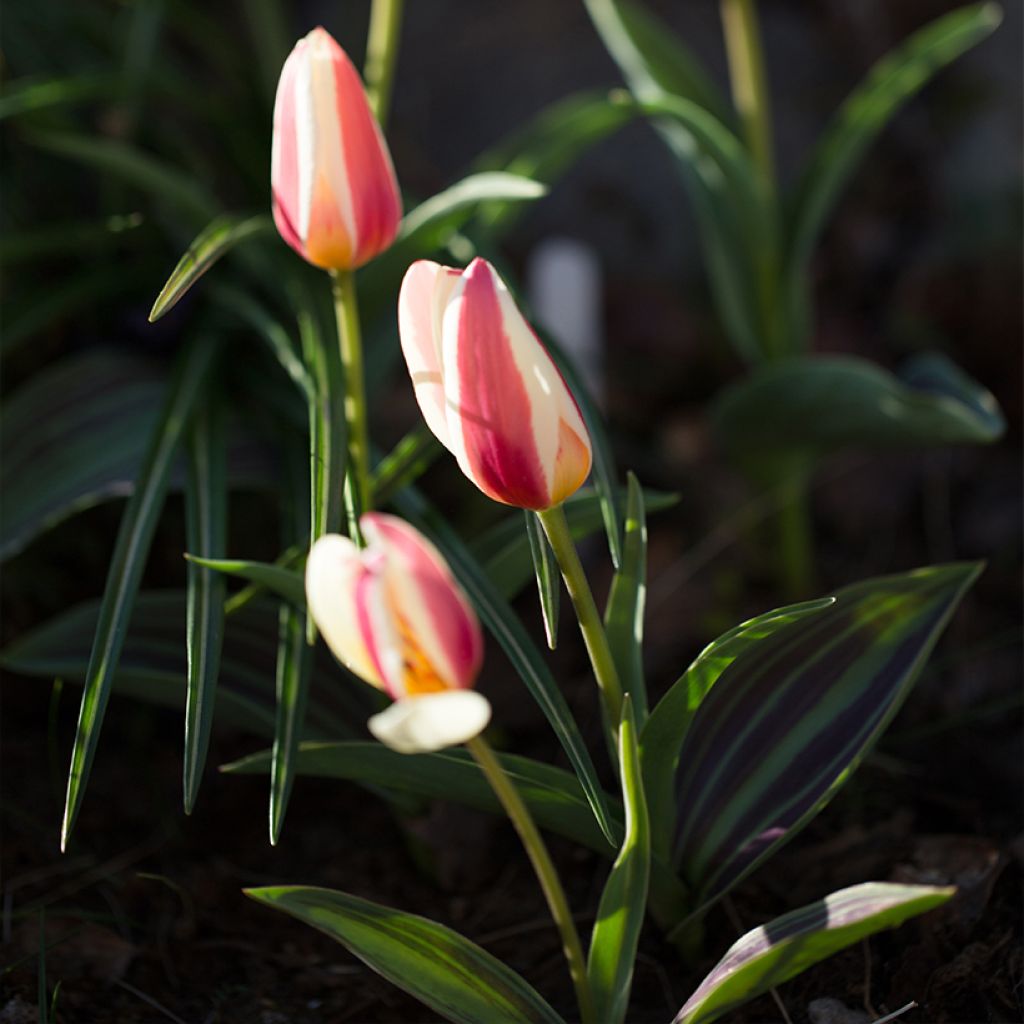

Tulipa kaufmanniana Johann Strauss


Tulipa kaufmanniana Johann Strauss
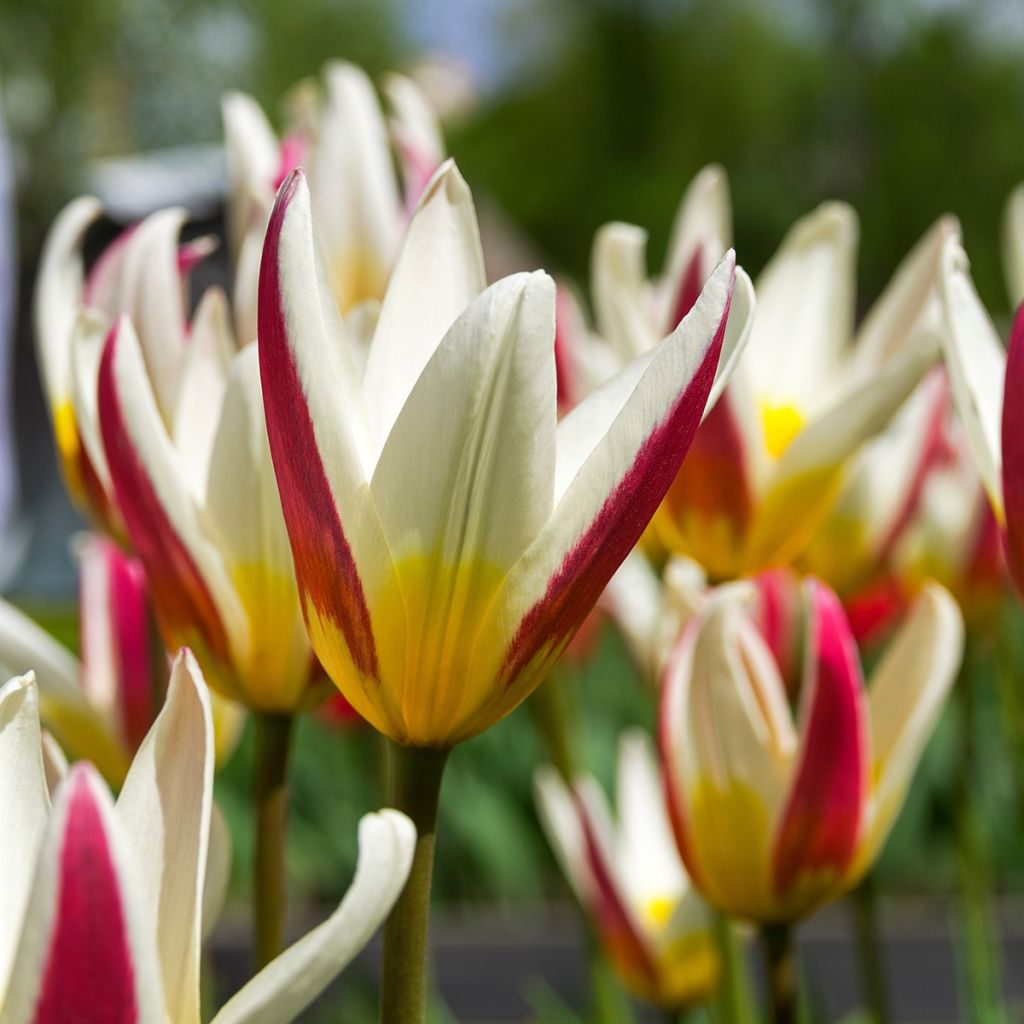

Tulipa kaufmanniana Johann Strauss


Tulipa kaufmanniana Johann Strauss
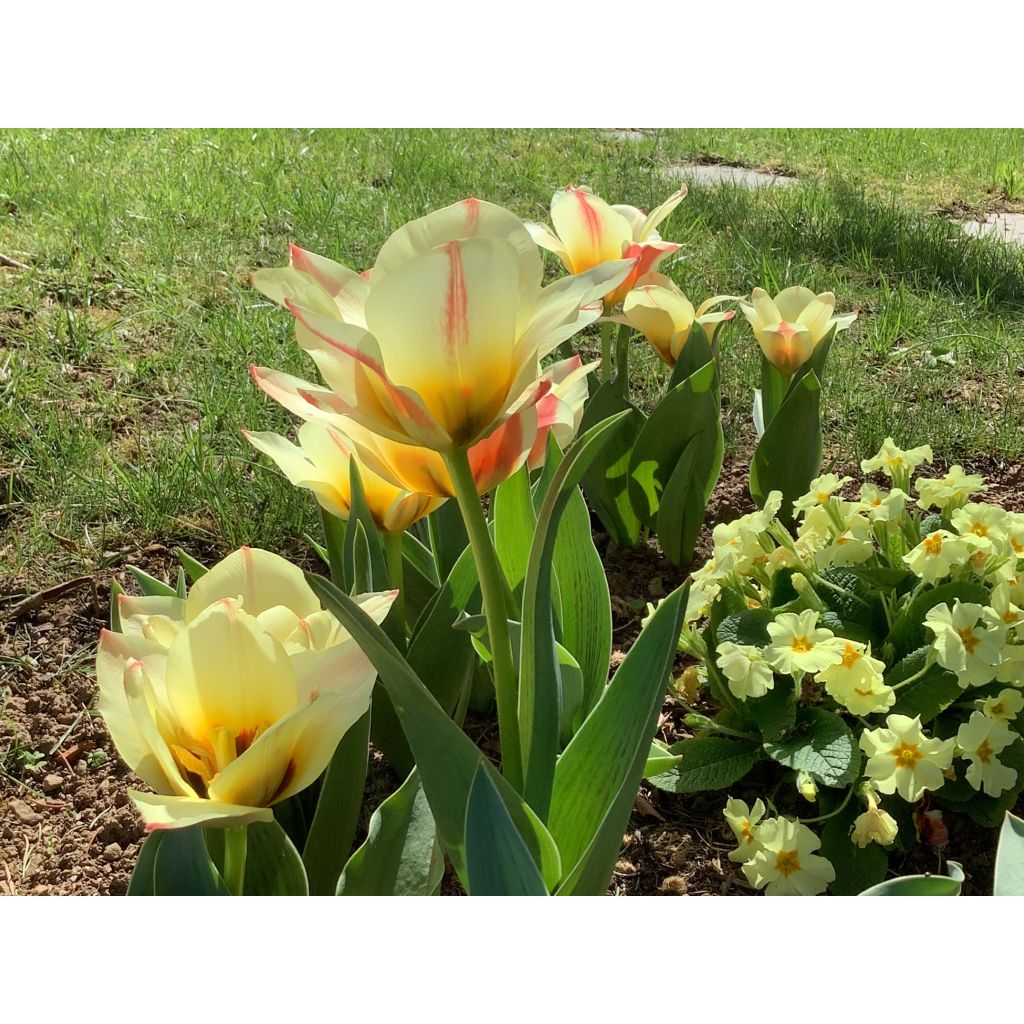

Tulipa kaufmanniana Johann Strauss
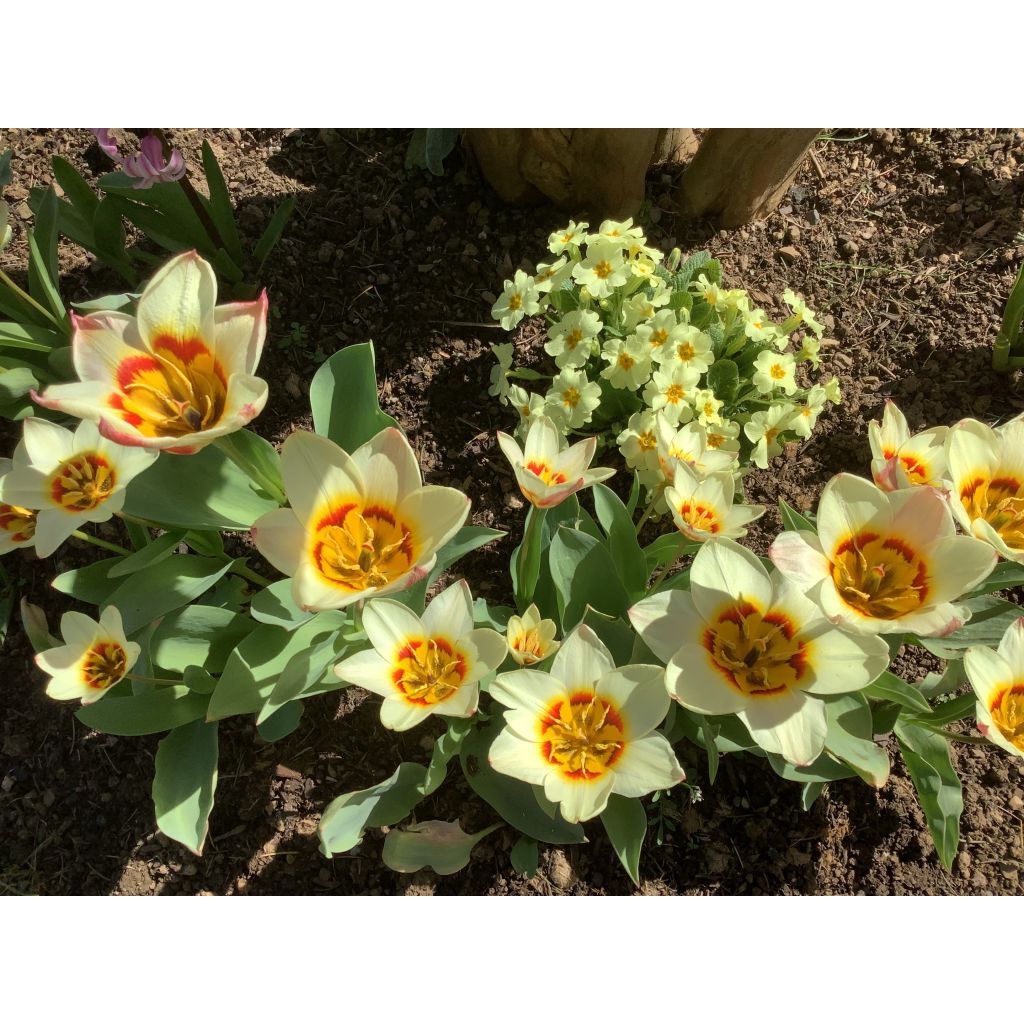

Tulipa kaufmanniana Johann Strauss
View more pictures
Hide images

Michele B.

Since there is no text to translate in the customer review, I will not provide a translation.
Michele B. • 12 FR
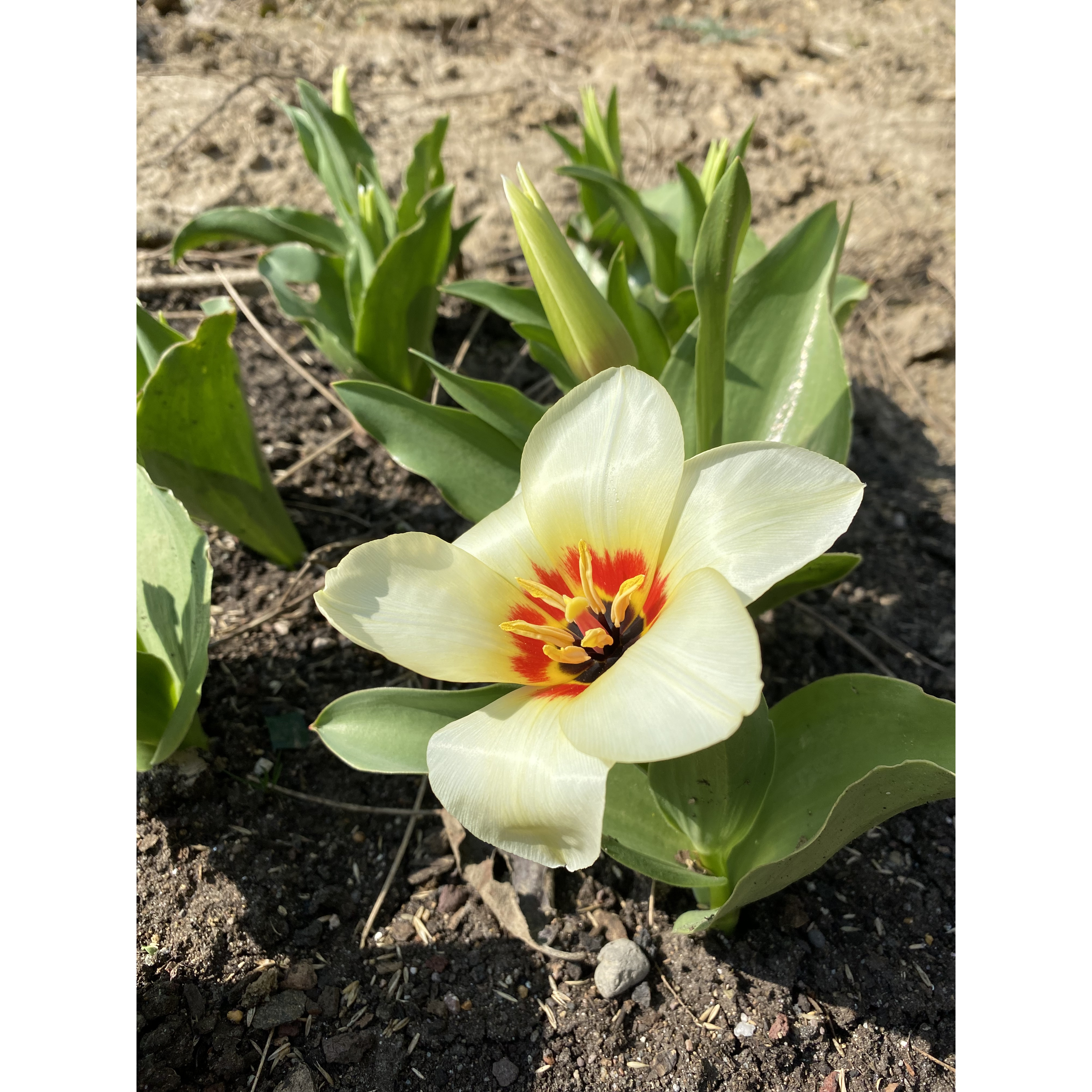
Anne-Cécile H.

Since the customer review provided does not contain any text to be translated, no further action is required. If you have any additional reviews or text to be translated, please feel free to provide them for translation.
Anne-Cécile H. • 77 FR

Anne-Cécile H.

Since there is no text to translate in the customer review provided, no translation is needed in this case.
Anne-Cécile H. • 77 FR
Tulipa kaufmanniana Johann Strauss
Tulipa kaufmanniana Johann Strauss
Waterlily tulip
They are magnificent, the colours, their star-shaped form - They open up completely as soon as the sun appears - I am pleased with my purchase.
Jocelyne, 27/03/2022
Special offer!
Receive a €20 voucher for any order over €90 (excluding delivery costs, credit notes, and plastic-free options)!
1- Add your favorite plants to your cart.
2- Once you have reached €90, confirm your order (you can even choose the delivery date!).
3- As soon as your order is shipped, you will receive an email containing your voucher code, valid for 3 months (90 days).
Your voucher is unique and can only be used once, for any order with a minimum value of €20, excluding delivery costs.
Can be combined with other current offers, non-divisible and non-refundable.
This plant carries a 6 months recovery warranty
More information
We guarantee the quality of our plants for a full growing cycle, and will replace at our expense any plant that fails to recover under normal climatic and planting conditions.

Would this plant suit my garden?
Set up your Plantfit profile →
Description
The Tulip kaufmanniana 'Johann Strauss' is a variety of Tulip derived from a botanical species, it is easy to grow, floriferous and early flowering. It offers above its beautiful marbled foliage white flowers, yellow at the base and nicely streaked with red. The narrow and elongated bud opens under the sun, unfolding a corolla that resembles that of a water lily. This hardy bulbous plant naturalises easily in the garden, and faithfully blooms year after year. Planted en masse, kaufmanniana tulips form a carpet full of vivacity, from the first beautiful days. They thrive in well-drained soil, moist in winter and spring, in the sun until May-June, and rest in summer in dry soil.
Originally from the mountains of Central Asia, the modest Kaufmann Tulip spreads in large carpets on the dry and rocky meadows of its native Turkestan. This species is the origin of numerous hybrids and cultivars with vibrant colours, including the variety 'Johan Strauss', which also carries the genes of the robust and vibrant Tulipa greigii. The bulb is round, covered with a brown tunic, and measures about 3 cm (1in) in diameter. In spring, the plant forms a small tuft composed of 2 to 5 lanceolate leaves, bluish green marbled with brown-red, 10 to 25 cm (4 to 10in) long. The floral stem of 15 to 20 cm (6 to 8in) in height bears in April a flower with 6 pointed petals, 5 to 8 cm (2 to 3in) in diameter, which opens widely in the sun, almost flat, and at that moment resembles more a water lily than a tulip. The corolla closes when the sun hides. 'Johan Strauss' exhibits tricoloured flowers, widely splashed with bright red on the outside, a vibrant colour.
Kaufmann tulips are very hardy and faithful plants. They prefer cold and humid winters and love dry summers. They are excellent tulips to naturalise in a meadow: they bloom early and their foliage dries fairly quickly. So just wait a little before the first mowing and avoid watering the lawn in summer: a small gesture for both the wallet and the environment, which will be rewarded with a beautiful carpet of flowers from the first warm days. Muscari, Crocus chrysanthus and violets can also animate this expanse of grass from the end of winter. Water lily tulips can be used in rockeries or at the base of deciduous trees and shrubs with late foliage like deciduous euonymus, or with light foliage like Caragana, Sambucus nigra or Kolvitzia amabilis. 'Johan Strauss', with its sparkling flowering, pairs well with anemone blanda and Ipheons, which bloom around the same time, in March, or even earlier depending on the region. You can also place it in pots on your terrace or balcony.
Report an error about the product description
Tulipa kaufmanniana Johann Strauss in pictures


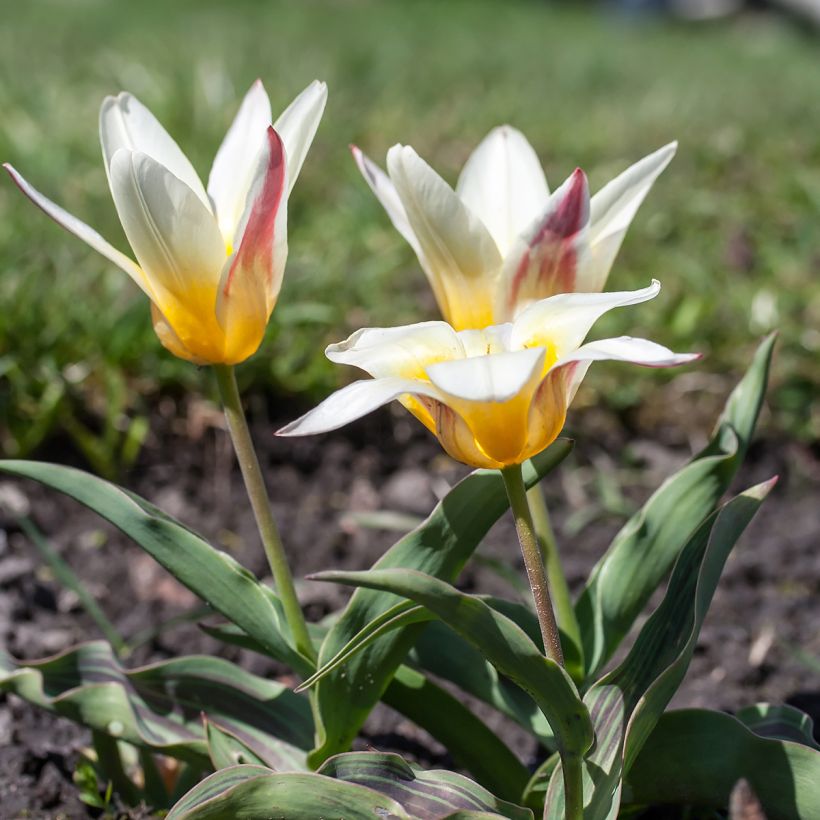

Plant habit
Flowering
Foliage
Botanical data
Tulipa
kaufmanniana
Johann Strauss
Liliaceae
Waterlily tulip
Cultivar or hybrid
Planting and care
Plant your tulips as soon as possible in a well-drained soil. Loosen the soil deeply, incorporate coarse sand or gravel into the planting soil if necessary. Plant at a depth of 8 cm (3in) (Bulbs should be covered with twice their height in soil). Space the bulbs a few centimetres apart, making sure they do not touch each other. Choose a sunny location, at least until May, for better flowering. Kaufmann tulips go dormant in dry soil during the summer, even if shaded by deciduous trees or bushes. After flowering, cut the flower stalks and let the leaves dry completely before cutting them.
Tips for Flowering Carpet:
You can create beautiful flowered spaces around the house, in flower beds, around trees, or in wild spaces. It is an economical and sustainable solution, provided that you respect a few principles:
1) This is a planting that should be left in place.
2) Choose the varieties carefully according to the situation.
3) A period of rest is essential after flowering for the bulbs to replenish themselves. Let the foliage turn yellow and dry before cutting it.
4) Organic fertiliser should be applied once a year in the autumn.
Planting period
Intended location
Care
-
, onOrder confirmed
Reply from on Promesse de fleurs
Haven't found what you were looking for?
Hardiness is the lowest winter temperature a plant can endure without suffering serious damage or even dying. However, hardiness is affected by location (a sheltered area, such as a patio), protection (winter cover) and soil type (hardiness is improved by well-drained soil).

Photo Sharing Terms & Conditions
In order to encourage gardeners to interact and share their experiences, Promesse de fleurs offers various media enabling content to be uploaded onto its Site - in particular via the ‘Photo sharing’ module.
The User agrees to refrain from:
- Posting any content that is illegal, prejudicial, insulting, racist, inciteful to hatred, revisionist, contrary to public decency, that infringes on privacy or on the privacy rights of third parties, in particular the publicity rights of persons and goods, intellectual property rights, or the right to privacy.
- Submitting content on behalf of a third party;
- Impersonate the identity of a third party and/or publish any personal information about a third party;
In general, the User undertakes to refrain from any unethical behaviour.
All Content (in particular text, comments, files, images, photos, videos, creative works, etc.), which may be subject to property or intellectual property rights, image or other private rights, shall remain the property of the User, subject to the limited rights granted by the terms of the licence granted by Promesse de fleurs as stated below. Users are at liberty to publish or not to publish such Content on the Site, notably via the ‘Photo Sharing’ facility, and accept that this Content shall be made public and freely accessible, notably on the Internet.
Users further acknowledge, undertake to have ,and guarantee that they hold all necessary rights and permissions to publish such material on the Site, in particular with regard to the legislation in force pertaining to any privacy, property, intellectual property, image, or contractual rights, or rights of any other nature. By publishing such Content on the Site, Users acknowledge accepting full liability as publishers of the Content within the meaning of the law, and grant Promesse de fleurs, free of charge, an inclusive, worldwide licence for the said Content for the entire duration of its publication, including all reproduction, representation, up/downloading, displaying, performing, transmission, and storage rights.
Users also grant permission for their name to be linked to the Content and accept that this link may not always be made available.
By engaging in posting material, Users consent to their Content becoming automatically accessible on the Internet, in particular on other sites and/or blogs and/or web pages of the Promesse de fleurs site, including in particular social pages and the Promesse de fleurs catalogue.
Users may secure the removal of entrusted content free of charge by issuing a simple request via our contact form.
The flowering period indicated on our website applies to countries and regions located in USDA zone 8 (France, the United Kingdom, Ireland, the Netherlands, etc.)
It will vary according to where you live:
- In zones 9 to 10 (Italy, Spain, Greece, etc.), flowering will occur about 2 to 4 weeks earlier.
- In zones 6 to 7 (Germany, Poland, Slovenia, and lower mountainous regions), flowering will be delayed by 2 to 3 weeks.
- In zone 5 (Central Europe, Scandinavia), blooming will be delayed by 3 to 5 weeks.
In temperate climates, pruning of spring-flowering shrubs (forsythia, spireas, etc.) should be done just after flowering.
Pruning of summer-flowering shrubs (Indian Lilac, Perovskia, etc.) can be done in winter or spring.
In cold regions as well as with frost-sensitive plants, avoid pruning too early when severe frosts may still occur.
The planting period indicated on our website applies to countries and regions located in USDA zone 8 (France, United Kingdom, Ireland, Netherlands).
It will vary according to where you live:
- In Mediterranean zones (Marseille, Madrid, Milan, etc.), autumn and winter are the best planting periods.
- In continental zones (Strasbourg, Munich, Vienna, etc.), delay planting by 2 to 3 weeks in spring and bring it forward by 2 to 4 weeks in autumn.
- In mountainous regions (the Alps, Pyrenees, Carpathians, etc.), it is best to plant in late spring (May-June) or late summer (August-September).
The harvesting period indicated on our website applies to countries and regions in USDA zone 8 (France, England, Ireland, the Netherlands).
In colder areas (Scandinavia, Poland, Austria...) fruit and vegetable harvests are likely to be delayed by 3-4 weeks.
In warmer areas (Italy, Spain, Greece, etc.), harvesting will probably take place earlier, depending on weather conditions.
The sowing periods indicated on our website apply to countries and regions within USDA Zone 8 (France, UK, Ireland, Netherlands).
In colder areas (Scandinavia, Poland, Austria...), delay any outdoor sowing by 3-4 weeks, or sow under glass.
In warmer climes (Italy, Spain, Greece, etc.), bring outdoor sowing forward by a few weeks.
































